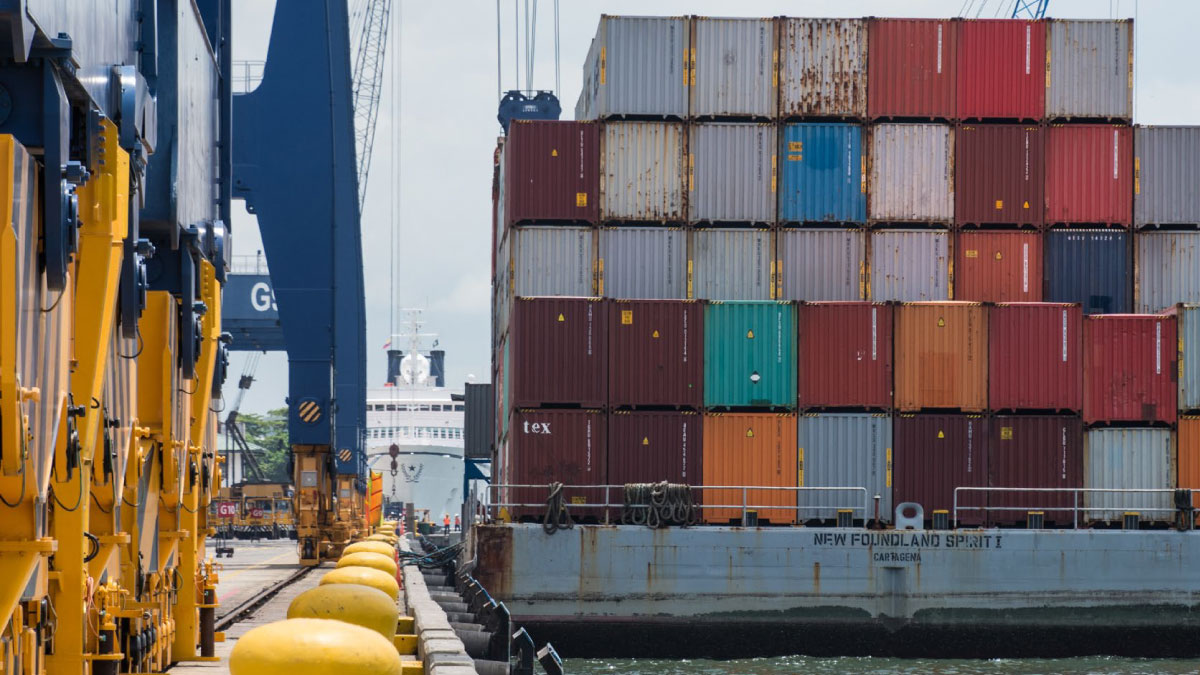International shipping from USA and Canada
Ameritrans Freight International stands out as a leading provider for international shipping from USA and Canada. As a licensed International Freight Forwarder and Non-Vessel Operating Common Carrier (NVOCC), we help you find the most affordable rates for international shipping from USA and Canada. Whether you’re shipping a car, container of goods, or personal belongings, we offer a variety of services to meet your all your sheeping needs.
Affordable International shipping services
Finding affordable international shipping services is crucial for businesses and individuals looking to ship goods from USA and Canada. We offer cost-effective shipping options tailored to meet your unique needs, whether you’re shipping documents, small parcels, or larger freight. Our global network ensures timely deliveries, competitive rates, and reliable tracking, making your international shipping experience hassle-free and budget-friendly.
We provide cost-effective rates for a variety of shipping services, including:
International Freight Shipping
-
- Ocean freight
- Air freight
- Land transportation
Container Shipping Worldwide
-
- Full Container Load (FCL)
- Less than Container Load (LCL)
- Specialized container options
RORO (Roll-On/Roll-Off) Shipping
-
- Ideal for vehicles, heavy machinery, construction equipment, agricultural equipments and oversized equipment
Vehicle Transportation
-
- Car shipping
- Motorcycle shipping
- Boat and yacht transport
- Motor home transportation
Door-to-Door Shipping
-
- We offer door-to-door shipping services from origin to destination
Specialized Cargo Handling
-
- Project cargo
- Break-bulk shipping
- Oversized and heavy-lift items
We ship worldwide to all major ports and airports
Top Destinations for International Shipping from USA
We provide competitive international shipping rates to various destinations across the six continents:
- Africa
- Europe
- Middle East
- Asia
- North America (including Hawaii, Puerto Rico, Alaska, and Guam)
- South and Central America
- Caribbean
- Australia and New Zealand
- Oceania and South Pacific

Proven Container Shipping Services
As one of the top moving companies and international freight forwarders, we provide door-to-door shipping services from and to any inland city in the USA and Canada. We handle both import and export cargo worldwide.
Ameritrans offers competitive freight quotes compared to other shipping companies. Our low freight rates and high-quality shipping services are guaranteed. We excel in the following services:
- Container Shipping
- LCL Cargo Consolidation
- Air Charter Services
Our international shipping team specializes in ocean charters and freight charters, including:
- Gas and Oil Tankers
- Dry Cargo Chartering
- Bulk Cargo Charters
- Project Cargo Handling
- Break Bulk Shipping
Why Choose Ameritrans Freight International?
- Competitive Pricing: We offer some of the most affordable freight quotes in the industry without compromising on service quality.
- Extensive Network: With connections to over 550 destinations worldwide, we ensure global reach for your shipments.
- Customized Solutions: Our flexible approach allows us to tailor our services to your specific needs, whether you’re shipping personal belongings or managing large-scale logistics.
- Expertise in Specialized Shipping: From oil and gas equipment to project cargo, we have the knowledge and experience to handle complex shipments.
- Comprehensive Services: We offer end-to-end solutions, including customs clearance, warehousing, and distribution.
- Customer-Centric Approach: Our team provides prompt responses to inquiries and personalized attention to each client.
- Safety and Security: We prioritize the safe handling and transportation of your cargo throughout the shipping journey.
Choosing the right partner for your international shipping needs is crucial. Ameritrans Freight International is committed to providing affordable, reliable, and efficient shipping services tailored to your requirements. Whether you are shipping personal goods or importing goods for your business, our team is here to ensure a smooth and hassle-free experience.
Contact us now for a free quote and discover how Ameritrans Freight International can help you with all your international shipping needs. Get an instant quote using the Instant Shipping Calculator.
Email; anthony@ameritransfreight.com
Phone; +1(800)-413-2452
